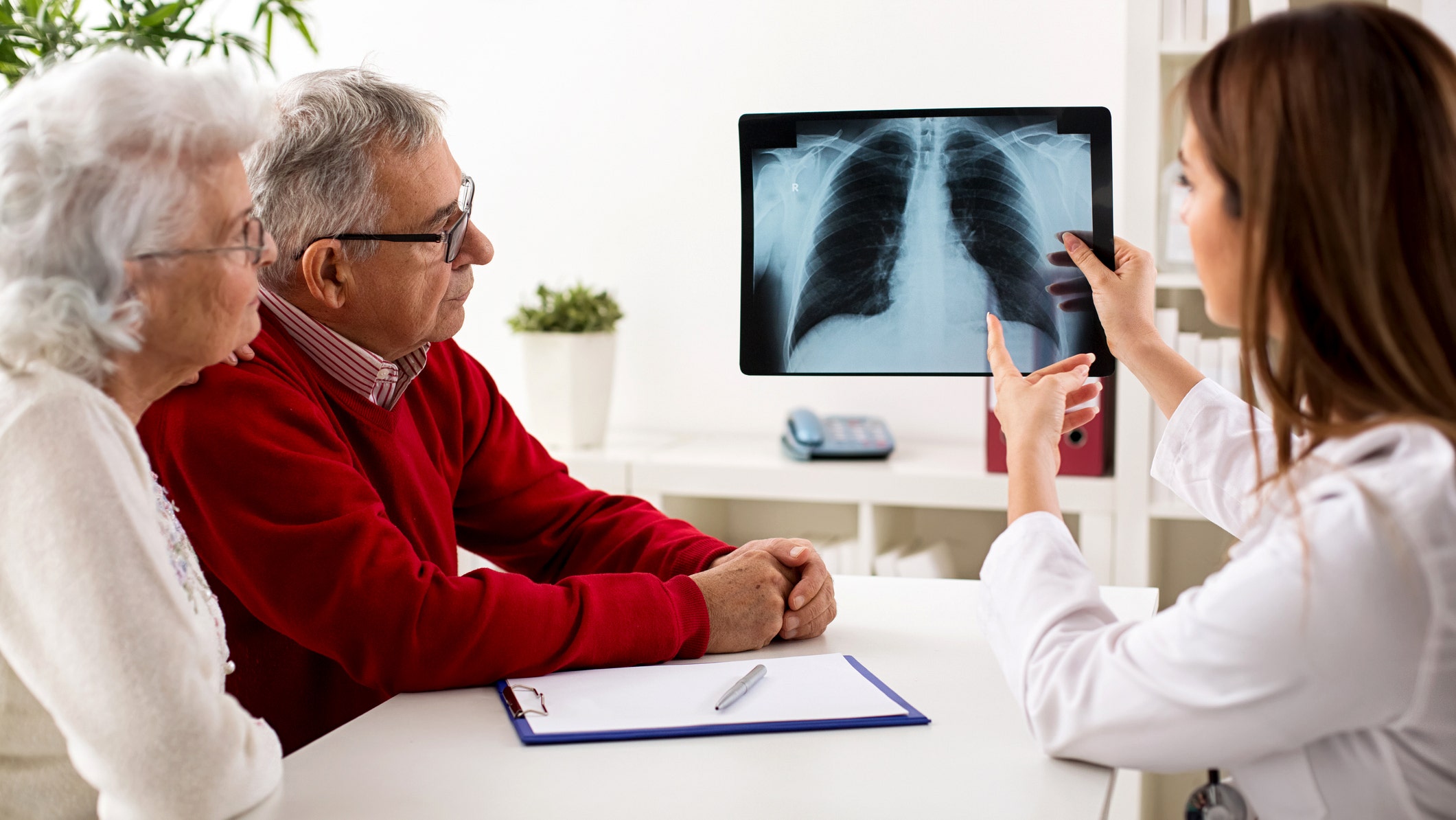Lung cancer risk exists beyond smoking, as experts note rising cases

Lung cancer is a deadly disease that is often associated with smoking, but even those who have never smoked could be at risk. While smoking does increase the risk significantly, up to 20% of lung cancers affect people who have never smoked or have smoked very little in their lifetime.
Non-small cell lung cancer (NSCLC) and small cell lung cancer (SCLC) are the two main types of lung cancer. NSCLC is more common and includes adenocarcinoma, squamous cell carcinoma, and large cell carcinoma. SCLC is more aggressive and spreads faster.
Experts like Mohamed Abazeed, M.D., Ph.D., and Dr. Lauren Nicola are seeing an increase in the rate of newly diagnosed lung cancer in non-smokers, especially among women and younger adults. This rise in non-smokers with lung cancer is primarily due to successful efforts to reduce tobacco consumption, as well as increased early detection through improved imaging techniques like CT scans.
Risk factors for lung cancer in non-smokers include exposure to ambient air pollution, secondhand smoke, thoracic radiation, and occupational hazards like radon, asbestos, and diesel exhaust. Lifestyle choices such as poor diet and sedentary behavior can also contribute to inflammation and increase the risk of lung cancer.
Former smokers, especially those who smoked heavily and for long periods of time, remain at elevated risk for lung cancer even after quitting. Genetic factors can also play a role, with some people inheriting a higher risk of developing lung cancer due to their DNA.
Current U.S. screening guidelines recommend annual low-dose CT scans for high-risk individuals based on age and smoking history. However, there is growing interest in expanding eligibility to include non-smoking risk factors. This expansion could potentially change current guidelines, but there are risks such as overdiagnosis and false positives associated with widespread screening.
New tools are being developed to better characterize the malignancy risk of nodules detected during screening, which could help reduce the potential harm associated with overdiagnosis. As research continues to evolve, it’s important for individuals to be aware of the risk factors for lung cancer and to consult with healthcare providers about screening options.




